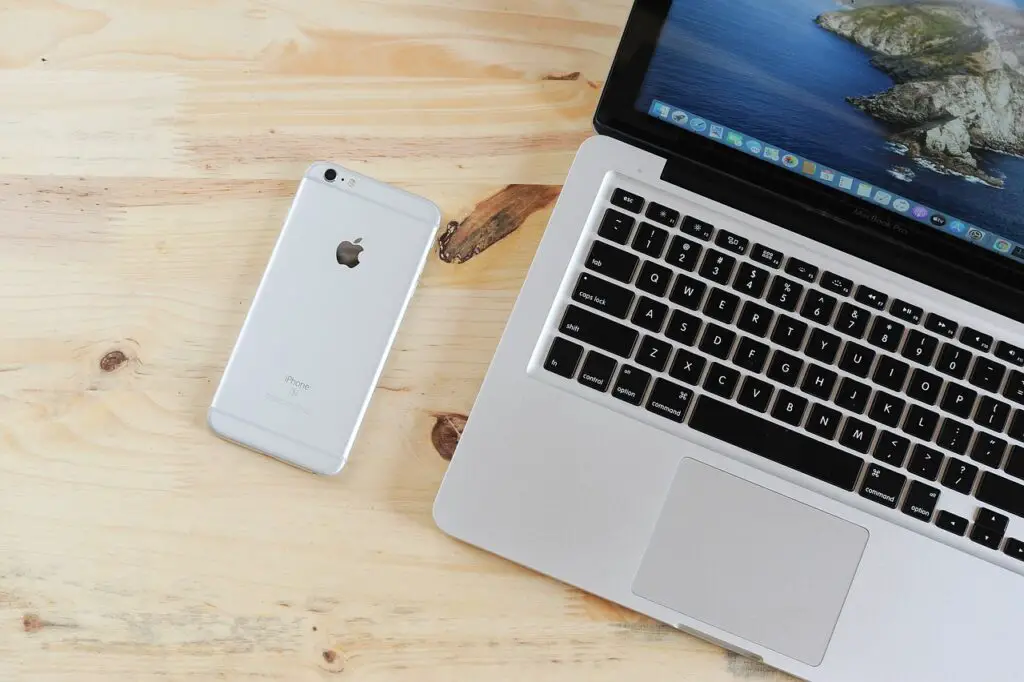
The next decade in mobile connectivity is poised to be transformative, with 5G technology continuing to evolve and new frontiers like 6G and quantum communication emerging on the horizon. As these advancements unfold, they will not only accelerate our digital experiences but also redefine the way we interact with the world. Here’s what we can expect in the coming years
1. The Evolution of 5G: Ushering in 5G Advanced

As 5G networks become increasingly widespread, the technology itself is evolving into what is known as 5G Advanced, or sometimes referred to as 5.5G. This evolution will bring about significant enhancements in mobile connectivity, driving forward both speed and reliability.
– Higher Speeds & Lower Latency:
5G Advanced will deliver data rates that are even faster than what we currently experience with 5G, with ultra-low latency that could be nearly imperceptible. This will open up possibilities for real-time applications that were previously unimaginable. For instance, autonomous vehicles will be able to make split-second decisions, significantly enhancing safety. Similarly, remote surgeries could be performed with precision, regardless of the distance between the surgeon and the patient. Immersive experiences in augmented reality (AR) will also see significant improvements, making virtual interactions feel more natural and responsive.
– Network Slicing & Customization:
One of the standout features of 5G Advanced is the ability to implement network slicing. This technology allows operators to create multiple virtual networks within a single physical 5G network, each tailored to specific needs. For example, a slice can be dedicated to healthcare services, ensuring that critical applications such as remote patient monitoring or telemedicine receive the necessary bandwidth and latency. Similarly, emergency services could have a dedicated slice that guarantees connectivity even during peak network usage, enhancing public safety.
2. The Dawn of 6G: A New Era of Connectivity

While 5G is still in the process of global rollout, the groundwork for 6G is already being laid. Expected to debut in the early 2030s, 6G will take connectivity to new heights, introducing unprecedented capabilities.
– Terahertz (THz) Spectrum:
Unlike 5G, which primarily operates in the sub-6 GHz and mmWave frequency bands, 6G is expected to utilize the Terahertz (THz) spectrum. This will enable data transmission speeds that are orders of magnitude faster than 5G. The possibilities are staggering: imagine real-time holography for communication, where lifelike 3D images can be transmitted and viewed from any angle, or ultra-high-definition video streaming that is indistinguishable from reality. Virtual and augmented reality experiences will become even more immersive, blurring the line between the digital and physical worlds.
– AI-Driven Networks:
Artificial intelligence (AI) will play a central role in the management and optimization of 6G networks. AI algorithms will enable predictive maintenance, reducing downtime by identifying potential issues before they escalate. Furthermore, AI will dynamically allocate network resources based on real-time demand, ensuring optimal performance even under heavy loads. This intelligence will make networks more efficient, responsive, and capable of handling the massive data demands of future applications.
– Integrated Sensing and Communication (ISAC):
b 6G will go beyond just communication by integrating advanced sensing capabilities into the network infrastructure. This will allow devices to better understand and interact with their surroundings. For instance, in autonomous driving, vehicles will be able to sense and react to changes in their environment with unprecedented accuracy, enhancing safety and efficiency. Smart cities will benefit from this integration as well, with infrastructure that can monitor and respond to environmental changes in real time.
3. Beyond 6G: The Quantum Communication Frontier

While 6G represents the next major leap in mobile connectivity, the horizon extends even further with the promise of quantum communication. This technology, still in its infancy, could revolutionize the way we think about data transmission and security.
– Quantum Networks:
Quantum communication leverages the principles of quantum mechanics to create ultra-secure communication channels. In a quantum network, data can be transmitted in a way that makes it virtually immune to eavesdropping. This is because any attempt to intercept quantum data would inherently alter its state, alerting the intended recipient to the breach. As research progresses, we may see the early stages of quantum networks being developed alongside 6G, providing a new layer of security in an increasingly interconnected world.
– Quantum Internet:
The vision for a quantum internet goes beyond secure communication. It involves connecting quantum computers and devices across the globe, allowing them to work together on tasks that are currently impossible with classical networks. This could have profound implications for fields like cryptography, where quantum computers could crack codes that are currently unbreakable, or for drug discovery, where quantum simulations could model complex molecular interactions with unprecedented precision.
4. The Internet of Everything (IoE): A Hyper-Connected World

The Internet of Things (IoT) is already transforming industries and everyday life, but the next decade will see the emergence of the Internet of Everything (IoE), a concept that expands connectivity beyond devices to encompass people, processes, and data.
– Hyper-Connectivity:
IoE envisions a world where everything is connected in a seamless, intelligent network. This will be made possible by the convergence of 5G, 6G, and AI. In smart homes, for example, appliances will not only be connected but will also communicate with each other and the broader network to optimize energy use and enhance convenience. Smart cities will use IoE to manage resources more efficiently, from traffic management to energy distribution, leading to more sustainable urban environments.
– Edge Computing:
As the number of connected devices increases, so does the amount of data they generate. Edge computing will become a critical component of IoE, bringing data processing closer to the source of data generation. This reduces latency, improves speed, and decreases the burden on centralized data centers. For instance, in industrial IoT applications, edge computing can process data from sensors in real time, enabling immediate adjustments to manufacturing processes for greater efficiency and quality control.
5. Global Connectivity and the Digital Divide
As mobile technology advances, one of the significant challenges will be ensuring that these advancements are accessible to all, particularly in remote and underserved areas.
– Universal Access:
Achieving universal high-speed internet access is a key goal for the next decade. Low Earth Orbit (LEO) satellite constellations, such as those being deployed by companies like SpaceX (Starlink) and Amazon (Project Kuiper), will play a crucial role in this effort. These satellites provide global coverage, bringing connectivity to regions where traditional infrastructure is impractical or too costly. This will enable people in rural and remote areas to access the same digital services as those in urban centers, helping to level the playing field.
– Bridging the Digital Divide:
As technology progresses, it is essential to ensure that the digital divide does not widen. This means making new technologies affordable and accessible to all, including those in developing nations. Initiatives will likely focus on providing affordable devices, improving digital literacy, and ensuring that internet access is available to everyone, regardless of location or economic status.
6. Security and Privacy in a Hyper-Connected World

With the proliferation of connected devices and the increasing value of data, security and privacy will become more critical than ever.
– Enhanced Encryption and Security:
Future mobile networks will need to incorporate advanced encryption techniques to protect data from cyber threats. AI-driven security measures will also play a role, identifying and responding to potential threats in real time. This will be particularly important as more sensitive applications, such as healthcare and financial services, move online.
– User-Centric Privacy Controls:
As the amount of personal data collected and shared increases, there will be a growing demand for user-centric privacy controls. Users will have more say over how their data is collected, stored, and used. This shift will be driven by both regulatory requirements and consumer demand for greater transparency and control.
7. Sustainable Connectivity: The Green Network Revolution
As the energy demands of future networks grow, sustainability will become a key consideration in the design and operation of these networks.
– Energy Efficiency:
The energy consumption of mobile networks is expected to rise significantly as data usage increases. To mitigate this, there will be a strong focus on developing energy-efficient technologies and network designs. This could involve everything from more efficient base stations to AI-driven energy management systems that optimize power usage across the network.
– Green Networks:
Beyond energy efficiency, the industry will also focus on reducing the carbon footprint of mobile networks. This could involve using renewable energy sources, such as solar or wind, to power network infrastructure. Additionally, there will be an emphasis on reducing waste, both in terms of electronic waste from obsolete devices and the environmental impact of network construction and maintenance.
Conclusion
The next decade will witness the maturation of 5G, the emergence of 6G, and the exploration of quantum communication, all contributing to a hyper-connected world. These advancements will bring about new possibilities in communication, entertainment, healthcare, and more, while also presenting challenges related to security, privacy, and sustainability. The future of mobile connectivity is not just about faster internet, it’s about reshaping how we interact with the world around us and ensuring that this transformation benefits everyone, everywhere.